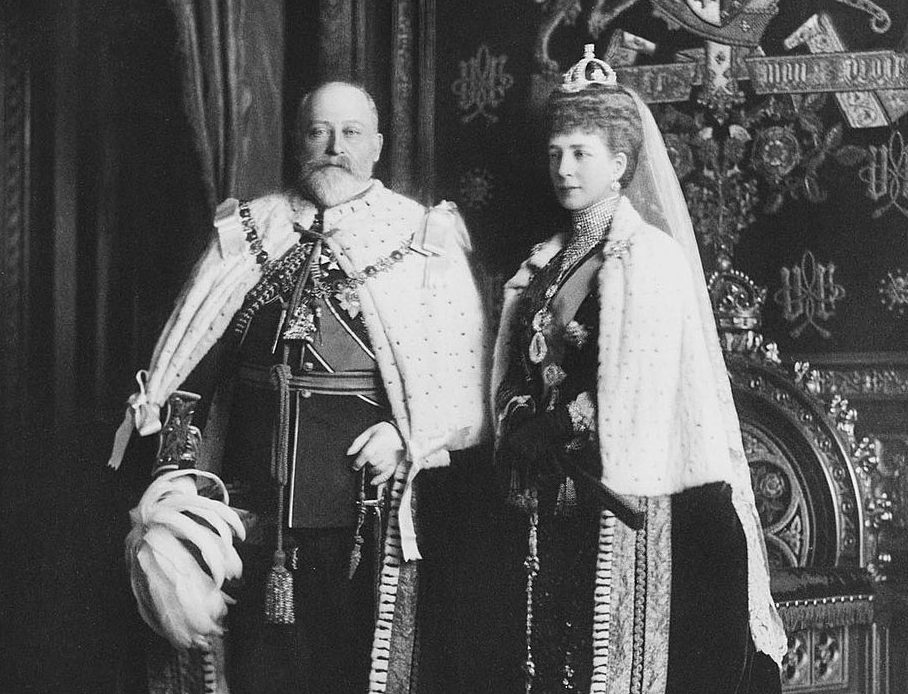
Every royal life is peppered with milestones, the moments that mark beginnings and ends, filled with joy and sometimes sadness. On Royal Central, we’re charting the famous dates throughout the year in our Calendars of Kings and Queens. And as March gets well and truly under way, it’s time to look at the regal landmarks that month has brought. Here is a Calendar of Kings for March.
Hatching and Matching
So far, just one King of England has been born in March. Henry II, first ruler of the House of Plantagenet, arrived on March 5th 1133 in Le Mans in France.
Weddings involving kings are thin on the ground in March, too. The only man to wear the Crown to say ‘I do’ in this month is Edward VII. While still Prince of Wales, he wed Alexandra of Denmark at St. George’s Chapel, Windsor on March 10th 1863.
The end of a reign
Three kingly deaths have taken place in March. Henry IV, the first King of the House of Lancaster, died on March 20th 1413 in the Jerusalem Chamber at Westminster Abbey. The first Stuart to rule England, James I, died on March 27th 1625 at Theobalds House in London. And William III passed away on March 8th 1702 at Kensington Palace.
The start of a new regime
The end of those reigns meant the beginnings of another but royal history has all kinds of tricks up its sleeves and there are actually four English kings who have taken the throne on a March day. Henry V succeeded his father, Henry IV, on March 20th 1413 while the Crown passed to Charles I on the death of his dad, James I, on March 27th 1625.
James I had himself become King of England on March 24th 1603 on the death of Elizabeth I. And in March 1461, the first reign of Edward IV got under way. The young head of the House of York had declared himself monarch as the month started and consolidated that with a resounding victory over the Lancastrians at the Battle of Towton on March 29th 1461.
Kingly matters
Edward’s victory meant the end of a forty year reign for Henry VI who was deposed as king in March 1461. He would briefly return to power around a decade later.
Another famous king saw his rule begin to fade in March 1199. On March 25th, Richard I, the Lionheart, sustained the injuries that would ultimately lead to his death a few weeks later, shot by an arrow as he patrolled the walls of the castle of Chalus-Chabrol.
Burial of a king
The other two kings of England to share his name also feature in the Calendar for March. Richard II was buried on March 6th 1400, weeks after his mysterious death in captivity following his abdication as his reign tumbled under the pressure of the man who took his throne as Henry IV.
Richard III was reburied in Leicester Cathedral on March 26th 2015 in a ceremony attended by the Countess of Wessex and the Duke and Duchess of Gloucester. The king’s remains had famously been discovered under a car park in Leicester and he was laid to rest as tens of thousands of people lined a funeral route which took his coffin, one final time, to Bosworth Field where he was killed in 1485.
A Calendar of Kings returns in April.

